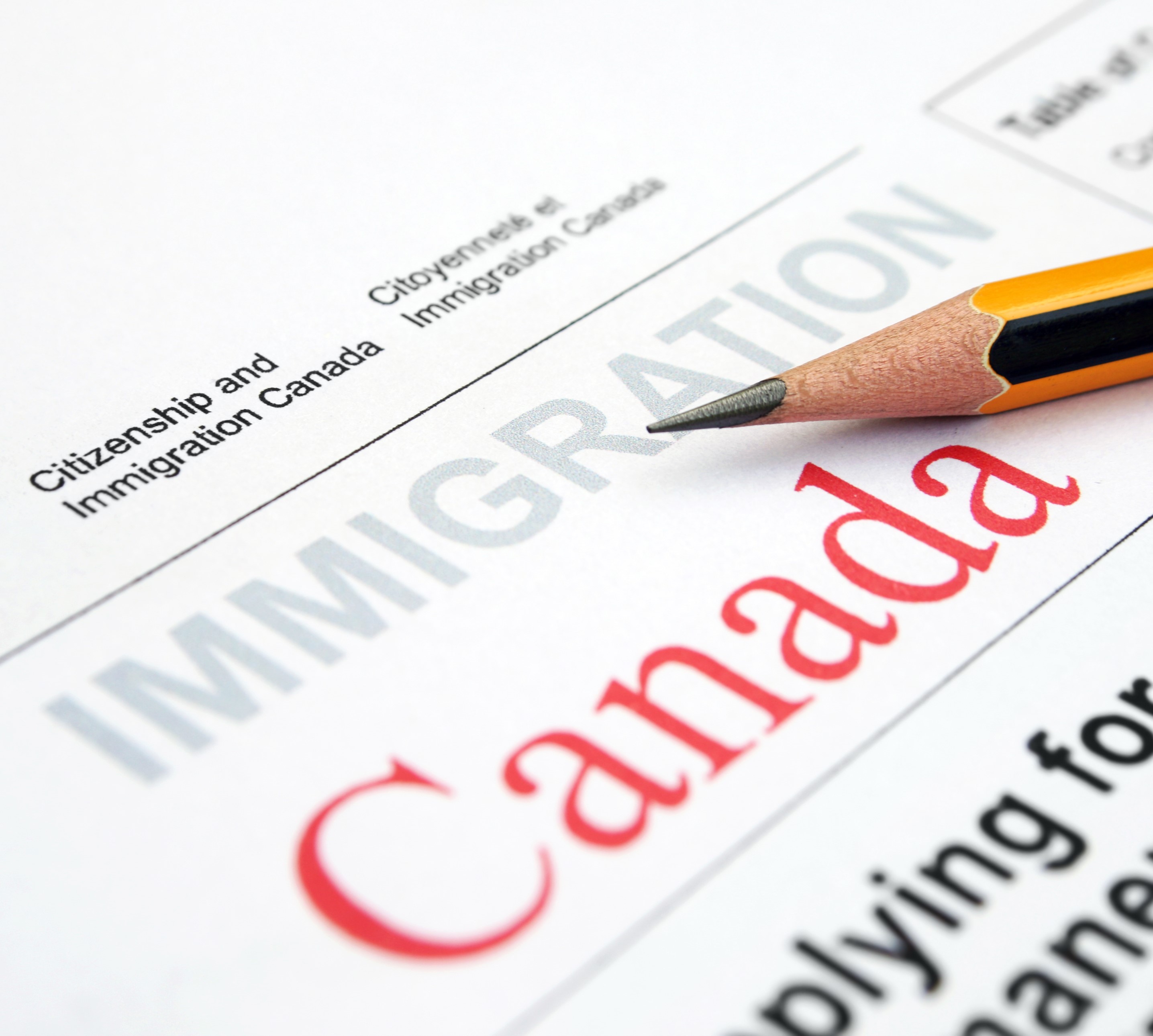 POST-PANDEMIC PROSPERITY REQUIRES A PUBLIC DIALOGUE ON THE FUTURE OF IMMIGRATION TO CANADA
POST-PANDEMIC PROSPERITY REQUIRES A PUBLIC DIALOGUE ON THE FUTURE OF IMMIGRATION TO CANADA
Chris Friesen, Jean McRae and Victoria Esses | April 12, 2021
Chris Friesen is Chair of the Canadian Immigrant Settlement Sector Alliance- Alliance Canadienne du Secteur de L’établissement des Immigrants (CISSA-ACSEI)
Jean McRae is Co-Chair of the Pathways to Prosperity Partnership and CEO of the Inter-Cultural Association of Great Victoria
Victoria Esses is Co-Chair of the Pathways to Prosperity Partnership and Professor at Western University
In October 2020, the Government of Canada announced its objective of admitting over 1.2 million new permanent residents between 2021 and 2023. This is the population equivalent of the Province of Manitoba, and there are calls for even higher levels of immigration in the coming years.
These immigration levels are needed, but are they enough to promote future Canadian prosperity?
Canada relies on immigrants for population renewal, filling labour and skills shortages, preventing regional decline, sustaining our social support programs, maintaining Francophone communities outside of Quebec, and to support innovation within our economy and society.
Our immigration system has many strengths, but also some shortfalls that have been placed in stark relief by the pandemic. Changes to the system over the last few decades have involved piecemeal decisions about specific programs, without full consideration of Canada’s immigration programs and policies as a package. This has led to programs that do not make sense in the larger context, such as the fact that more than twice the number of temporary residents than permanent residents arrive in Canada each year, often underserviced and working in conditions that we would not consider suitable for “Canadians.” Similarly, current yearly targets for sponsoring parents and grandparents fall significantly short of prospective applicants, resulting in an ever-changing system of lotteries and timed competitions for application completion and submission. As we consider the post-pandemic era and Canada’s future prosperity, it is time to reset and re-evaluate Canada’s immigration system to optimize its effectiveness and ensure Canada’s continuing leadership in immigration on the world stage.
Engaging Canadians in the process is essential. The success of the Government of Canada’s plan to increase immigration levels over the next three years to the highest in more than a century hinges on the full participation and support of Canadians. Canada’s immigration system works due to the positive attitudes that Canadians have toward immigrants and immigration; in a 2019 survey of 145 countries, Canada ranked as the most accepting country for immigrants on Gallup’s Migrant Acceptance Index. These positive attitudes are attributable to Canadians’ belief in our immigration system and our whole-of-society approach to immigration, involving all levels of government, employers, NGOs, and ordinary Canadians. The welcoming of over 25,000 arriving Syrian refugees in a few short months in 2015-2016 is a recent demonstration of these attitudes and Canadians’ enthusiasm for participating in the system.
On the other hand, feelings of lack of control and generalized uncertainty can easily stoke anti-immigrant and anti-immigration sentiments. Involving Canadians in an informed consideration of how Canada’s future immigration programs and policies should be structured will work to dampen these effects.
There are a number of key issues that require consideration, including:
- How should we balance economic, family, and humanitarian considerations in deciding on targets for each year? At present, approximately 60% of new permanent residents each year are selected based on economic considerations, with family-based immigration and humanitarian concerns making up smaller proportions of new immigrants. Yet recent survey results suggest that Canadians are increasingly supportive of prioritizing family members of those in Canada – should this become a larger priority in our immigration system? Similarly, with the large number of refugees requiring resettlement opportunities – over 20 million in 2019 – is it time to increase our refugee targets?
- Which skills should we be prioritizing in the economic immigration stream? At present the economic stream focuses on high skilled immigrants, yet the pandemic has revealed that immigrants providing essential services are not necessarily those with the highest levels of education or credentials. And indeed, the underutilization of the skills of previous cohorts of economic immigrants is notorious.
- How do we develop a more equitable system that respects the value of the contributions that temporary residents are making to Canada? One possibility is to develop more pathways to permanence for temporary foreign workers, many of whom have been deemed essential workers during the pandemic. Another is to skip the temporary step and provide more direct opportunities for seeking permanent residence to those who will contribute to our nation, though they may be less highly skilled than our current system allows.
The process for making these, and other, decisions about immigration to Canada can be strengthened through the engagement of all Canadians. While the Annual Report to Parliament on Immigration involves an online and limited in-person consultation process with key informants and interested stakeholders, most Canadians are likely not aware of and do not participate in these discussions that so deeply influence the future of our country.
What is needed is a more robust and inclusive public consultation with the strength of a Royal Commission to engage Canadians in a discussion of the vision of immigration to Canada for the next decade and beyond. We are up to this task, and if Canada is to continue to prosper through its immigration policies and programs, we must depend on Canadians to mold and then support the new directions we forge.
Authors are contributors to the Royal Society of Canada Policy Briefing on Supporting Canada’s COVID-19 Resilience and Recovery Through Robust Immigration Policy and Programs
This article initially appeared in the Globe and Mail on April 12, 2021.



